Spirit Animals: RACCOON the BANDIT
He sneaks about in the darkness looking for the slightest opportunity. Any tidbit hidden in a crevasse becomes a jewel in his hands. He is at home in the city or the country. No matter where we find raccoon spirit animal we will find a dose of both good humor and good conscience. Who thought such a common animal could bring such luck?
These little bandits are ubiquitous across the whole of the North American continent. Found in swamps and marshes, on the banks of lakes, ponds, rivers and streams, in the vastness of the desert and prairie, in the seclusion of forests, on the tops of mountains and the bottom of canyons, and in cities and suburbs, raccoons have adapted to any environment. Raccoons are happy to den anywhere from a hole in the ground to a cubby in an attic. They are the quintessential omnivore and will eat anything, plant, insect, trash, or animal, that they can get their little paws on.
Raccoon spirit animal brings the message that you have the occasion to be at home and find sustenance, even wealth, wherever you are. He does not cover a wide range, but he utilizes and explores every nook and cranny of his territory. Raccoon symbolism is all about being flexible with what’s available.
Raccoon is marked from birth with that characteristic black eye-mask. He has a reputation for being a trickster and nighttime bandit in disguise.
Disguise
Raccoon spirit animal teaches us about the nuances of disguise and what we do when we think we’ll go unrecognized. In movies, cartoons, and drawings, the archetype of the thief is pictured so often with a black scarf with two holes for eyes. In many legends, raccoon is busy stealing things under the cover of night or out from under the noses of blind people. Raccoon symbolism is closely linked with what we might be blind to or what others are blind to in us.
When we wear a mask or watch a character in a movie wear a mask there is the unwritten understanding that the wearer is attempting to escape the consequences of their actions. Even if the thief is robbing from the rich to give to the poor like Robin Hood (i.e. stealing for “good”) they still have to hide and evade because they are operating outside the law.
In the end, raccoons in legends are always caught and marked as thieves as evidenced by their face mask and ringed tail. In our world, we may escape without any outer consequences, but we will still have the inner doubt that plagues us. What if someone did find out?
It is worth evaluating how you use a disguise to get away with stealing. When you go to pay for a service and remember that you didn’t bring enough cash along, do you pose as innocent to convince the other person to take less money? Raccoons have the sweetest, charming little faces and they aren’t above playing the innocent to get away with something they want.
There is a splash of white all around the edges of the black eye mask of the raccoon. This can point to an inherent goodness shining out, a need to be recognized for the light we are in the world. Sometimes the masks we put on aren’t necessary and can be born of a shame that requests healing.
Raccoon the Bandit
Raccoon has lightening quick paws to grab aquatic creatures, pluck mice and insects from hiding places, and invade bird nests to take tasty eggs. He is known for raiding campsites and trashcans when everyone is sleeping.
We all steal from time to time, be it something as simple as a pen or as invisible as the attention of another. Stealing energy or time from another person, or even stealing from their reputation by mentioning their name, wears away at the fabric of who we are over time. Raccoon spirit animal teaches us how to notice the telltale signs in ourselves of when we are snatching up little bits that might not be ours. He helps us come further into integrity.
This isn’t about looking at the ugly side of your nature and disliking what you see, not at all. It’s about developing a mature conscience. An immature conscience depends on the opinions of others or even the laws of society. Both of these conventions can be mischievously fun to break. A mature conscience taps into the value of one’s motives and understands whether we mean to do harm or do kindness. It’s that simple. When we come from a place of valuing kindness, mischief falls away.
Some questions to ask yourself when contemplating raccoon symbolism:
- What are the things you tell yourself to justify stealing? (They’ll never find out. There’s enough extra. They don’t need it anyway.)
- What motivates you to steal? (Maybe it is feeling like you aren’t worth something, like you can’t come by it honestly, or like you just can’t wait.)
- What is conscience to you? How do you decipher right from wrong?
Trickster
Mircea Eliade, a well-known scholar who studied shamanic practices around the globe, talks about the trickster as a character that plays all sorts of jokes. He makes fun of others and is made fun of. Oftentimes in myths, the trickster is actually a demigod in disguise come to bestow blessings on the object of his high jinks.
We think we know the path and set out on it the way we’ve decided is best. Then the trickster comes and bumps us off our road. This is the flat tire when you’re running late or the hard drive crash right as you type the last word of an important document. We learn to laugh with a sarcastic, “ha, ha” at the trickster’s joke, but often we are at the very least irritated by the interruption or at worse absolutely derailed by the catastrophe.
Once it’s all over we find we are better off or we are brought to a gift we never expected.
In the legends, raccoon cons wolf into freezing his tail into the ice and deceives three blind women into breaking their favorite pottery. He is among the ranks in the animal world of other tricksters such as coyote, raven, and fox.
Thus, raccoon spirit animal has the potential to bring you great teaching and wealth, but it will likely not happen in the way you anticipate. When working with raccoon it is a good idea to keep a loose sense of plans.
Dexterity
Raccoon’s sense of touch is his most heightened of senses and the majority of the focus is in his front paws. He has “hyper-sensitive’ hands that have long whiskers known as “vibrissae” that assist with identifying objects before actually touching them. Nearly two-thirds of his portion of the cerebral cortex responsible for sensory perception is dedicated to the processing of tactile impulses. He thinks a lot about what he feels.
Raccoon will wash his food whenever he has the chance. It is thought that he does this to soften the thin horny layer on his paws, which makes it easier for him to feel his food. Whatever the reason, he loves to play in the water with his hands.
Raccoon can adeptly open jars, untie knots and turn door handles. His five toed front hand closely resembles ours. His lack of an opposable thumb doesn’t stop him from attempting to enter our world. Raccoon symbolism is about how we choose to handle situations. Will we “grasp” quickly for what we want or will we take the time to “wash our hands” of our wrongdoing before enjoying the incredible opportunity around us?
Working with our conscience is all about how we handle situations. Raccoon spirit animal is most definitely here to help.
Want to learn more about spirit animals?
Visit the Spirit Animal Guide
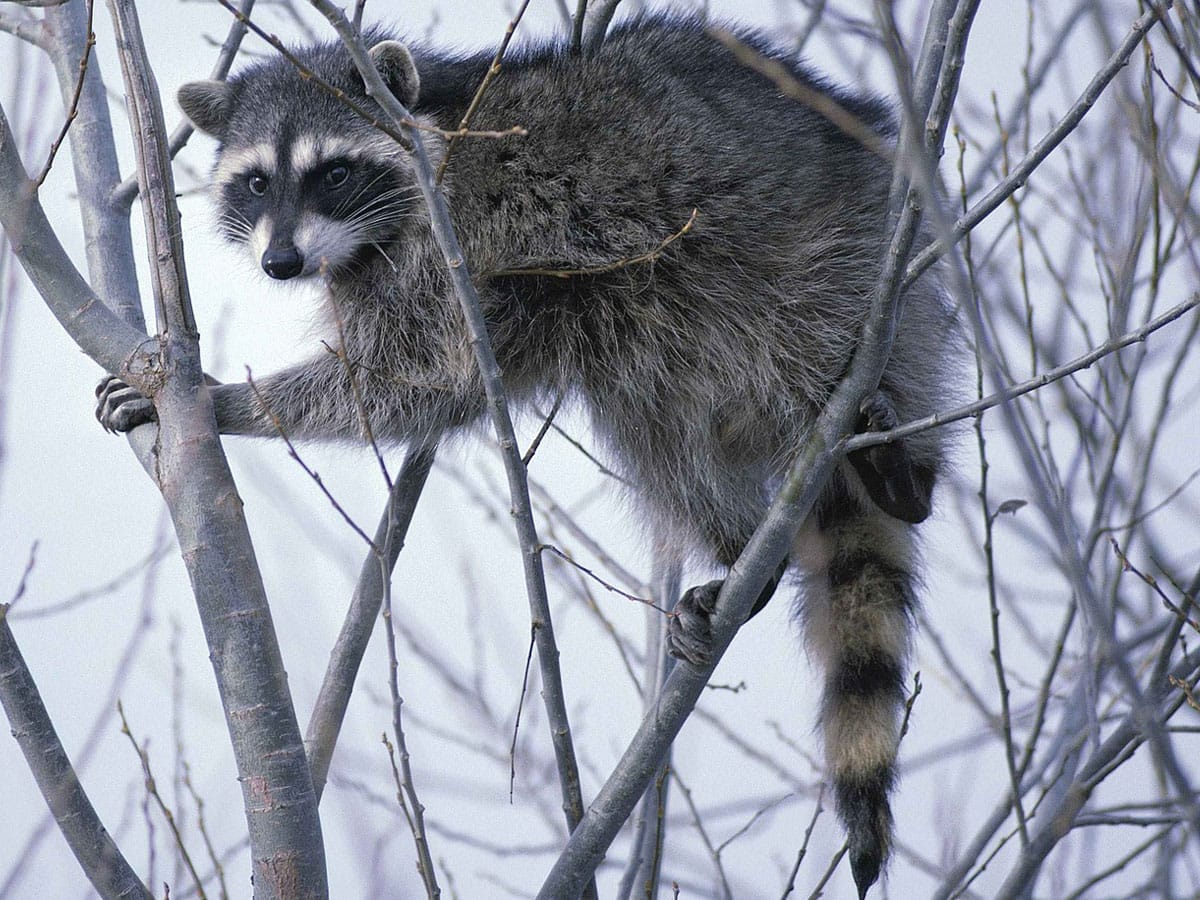



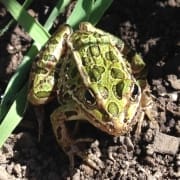
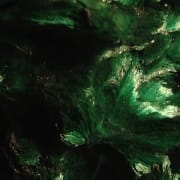

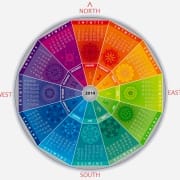
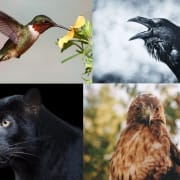


Last night i dreamed of shape shifting into a raccoon
That sounds like it could have been awesome Amy depending on the context of the dream. I wonder how it was for you? Anytime we get the opportunity to shape shift into an animal is a chance to move into and adopt their power. It is a healing and a gift. Many Blessings, Stacey
When I underwent my final reiki master attunement, in front of me was a lion that morphed into a raccoon. Since then I’ve had the feeling that a raccoon is my spirit animal. One has visited me at night on the back deck.
Doing research has made me appreciate that I could be, at the onset I felt like it wasn’t a very attractive animal ( where did the lion go?).
Thanks for your explanation.
Hello Cici, You are most welcome. I cared for orphaned raccoons during my time as a wildlife rehabilitator and I found them to be the cute, sweet and charismatic little creatures. They are super social, bubbly and funny. I hadn’t thought too much about them before then. Often we find power and inspiration in the most surprising of places. It is heartening to hear that you have found your way into the magic of these little bandits. As you’re learning, no one spirit animal is any more powerful than the rest! Many Blessings, Stacey
Hi –
The ringed tail has become a theme for me recently. With raccoon is the 3rd in a row, but the reference was indirect, but relevant to several directional indications ending up at the “ear” of Ursa Major, and other pointers. So also pertaining to the Great Bear of the Big Dipper having a tail – as i noticed that the Bear had a tail, and that the only bear relative i know of with a tail is the Raccoon.
The other 2 ringed-tail references being from a “coon-tail” Western Diamondback rattler (i nearly stepped on it’s rattle in a campground at night, as it was barely sticking out from behind the front tire of my truck! Though it did not even rattle but flattened itself out. Then i noticed there were 2! I had walked right between them before my flashlight picked up the coon-tail pattern!). And a small (probably baby) lizard with the rings all the way down it’s body, which i’d never seen before, and an orange head. I am in the Sonoran Desert, to me a magical place (though the magic has remained elusive to me this time around).
To me, the ring tail it might mean a “passage way” or inner trail, as it appears to surround the body or spine, making a tunnel for the Spirit or Essence to traverse. But i don’t know, as i cannot find anything pertaining to a meaning for the ringed tail. Only much in reference to the mask.
Do you have a feeling about what the ringed tail might indicate?
Happy Trails,
De
I just realized the state mammal in Az is the Ringtail “Cat”! Not actually a cat but related to the Raccoon. It has a longer tail than Raccoon, further emphasizing the tail. It is elusive out here, rarely ever seen. Maybe implying that which is hidden (as Raccoon can imply secrets)? So whatever this ring-tail reference, it may partly be referring to location and timing for me. Ursa Major is too low to be seen this month, skirting the edge of the northern horizon, hidden behind the Santa Catalina Mountains from my location. Maybe also implying that which is hidden. At it’s lowest point in the sky of the whole year, when it appears to touch the earth. Some Native lore signifying getting ready to “hibernate” for the winter.
My birthday is also coming up, just over the cusp into Sagittarius.
I also just read that a nova was spotted in the direction of the Sagittarian “teapot” of the constellation. If relevant at all.
I have trouble discerning whether any symbolism i perceive is relating to me or to the larger-scale beyond the individual level. When i think about it, it often appears to point out both, at different levels. But i often tend to miss the individual meaning (or not see it) for trying to read it at only the impersonal, objective, collective larger level. So i just can’t tell which is which!
Happy seasonal transitions…
Hello De, You bring up a lot of interesting points. First I’d like to address your inquiry about trying to make the collective, impersonal insights personal. The best way to do this is by grounding it into the details of your life. Find a situation, be it a conflict in a relationship, a decision you’re trying to make, a new habit you’re working to learn, etc., and then apply the universal wisdom to that situation. It takes some practice, but in being willing to accept that the message is meant for you and in coming to experience being a participant of the grand design, you come to learn the lesson of “what is in one is in the whole”. As far as the ring-tailed cat goes, they do carry many of the same qualities of raccoon. However, they are more solitary and secretive, so those attributes are amplified. The emphasis on the long tail and many rings brings that symbolism more into play also. The tail can be seen as the tail end of a situation or project. It can also symbolize the past and that which follows you. Circles or rings relate to cycles of life, things coming full circle, so there are lots of messages here about completion and coming to an end. Many blessings to you and enjoy your time in the desert! – Stacey
Over the weekend, I parked my car and saw a Raccoon standing next to a tree. I realized that he was limping, but soon after he disappeared in the bushes behind my house. Two days hater he was right outside my front door, he was sipping water from a small puddle that had formed outside my main entrance. Couple of my neighbors wanted to harm him, so I called the animal control, and he was taken to a safer place, where he will be released after proper treatment. What does this signify, he was standing next to the tree, right beside my car, and then he showed up at my front door. Any input is appreciated!!
Hello Sage, I’m glad to hear that you were able to find professional help for the raccoon. Thank you for going out of your way too to help. I encourage you to sit with the themes of this article and consider the masks you and others wear, your relationship to stealing, what tricks the universe might be playing on you, and your ability to crack your way into new territory. Do any of these stand out for you right now? In addition, you may want to look at Jaime Sams and David Carson’s book “Medicine Cards”. In there they speak of how raccoon spirit animal is also the “generous protector” which you have surely been for this little guy. He could have easily come to highlight this ability in you. There is a lot to explore and I hope you continue to sit with the meaning for years to come. It will bear you great fruit. Many Blessings, Stacey
I have had a racoon climbing up the downspouts if my home to the second story of my home the last several nights. It will then come to my window and try to climb up the screen. What message might this be trying to tell me?
Hello Karla, I recommend reading back through this article and seeing what in particular stands out to you. Then compare the message to an issue in your life you are trying to figure out and see how raccoon spirit animal might be offering insight to your particular challenge. Many Blessings, Stacey
Hi Stacey,
I had an unusual encounter today with raccoon that has left me curious. It was just past noon, sunny and warm (the area is just starting to emerge from winter and gray skies) and I was driving up a hill, when raccoon started very slowly to cross the street in front of me. While raccoons are plentiful in the area, it’s been years since I’ve spotted one, and especially unusual because it was during the day, which left me wondering if something might be wrong with her. Anyway, I had to bring my car to a stop as she walked in front of it. When raccoon got to the area of the road that was in front of the driver’s side, she stopped, turned, and looked at me, and for a second or two, I thought she was going to just sit down in road in front of my car and refuse to move. For some reason though, when she did this, I almost felt like she was going to attack the tire on that side of the car. She had no interest in moving quickly to get away from my car, but I got the sense that she might either be annoyed by my car or even threatened by it, or perhaps it was me that felt threatened by the unusual encounter. I’m not sure, and I haven’t taken it into meditation yet. Anyway, raccoon did slowly finish crossing the road and when she got to the sidewalk, she didn’t slip into the woods as I expected she would, but instead, starting walking downhill keeping to the sidewalk. From my rearview mirror, I watched raccoon walking down the center of the sidewalk and as long as I could see her, she never stepped off into the woods. Observing her from that view, the situation felt almost humorous or light-hearted because not only did it seem kind of cute to see a raccoon walking down the sidewalk, but also, it felt like she’d taken on a human quality, just strolling along like any person might do. On the other hand, I briefly had a twinge of fear that if she was not well and came upon someone walking up the sidewalk or small children out playing, she might attack.
I might add that while I was driving, I was most likely thinking about my survival. Ever since I lost my corporate job due to downsizing six years ago, I have been struggling to survive financially, and that struggle occupies most of my thoughts. At the moment, I’m working three part-time jobs that combined do not bring in enough income for me to meet my rather meager monthly expenses. Since losing my job, I have had the goal of bringing my own business to life, one that is imaginative, creative, nature based and in service to empowering others. Over the past six years especially, I have been noticing and meditating on the animals that come to me and other nature encounters. Mostly, these have been animals common to the area and ones that are easily seen (deer, crow, raven, red-tailed hawk), and recently, red fox. Red fox was an unusual sighting indeed, even though they are common to the area. Like raccoon, the fox crossed the road in front of my while I was driving, but unlike raccoon, red fox was running to get to the other side.
Thanks in advance for any thoughts you might share.